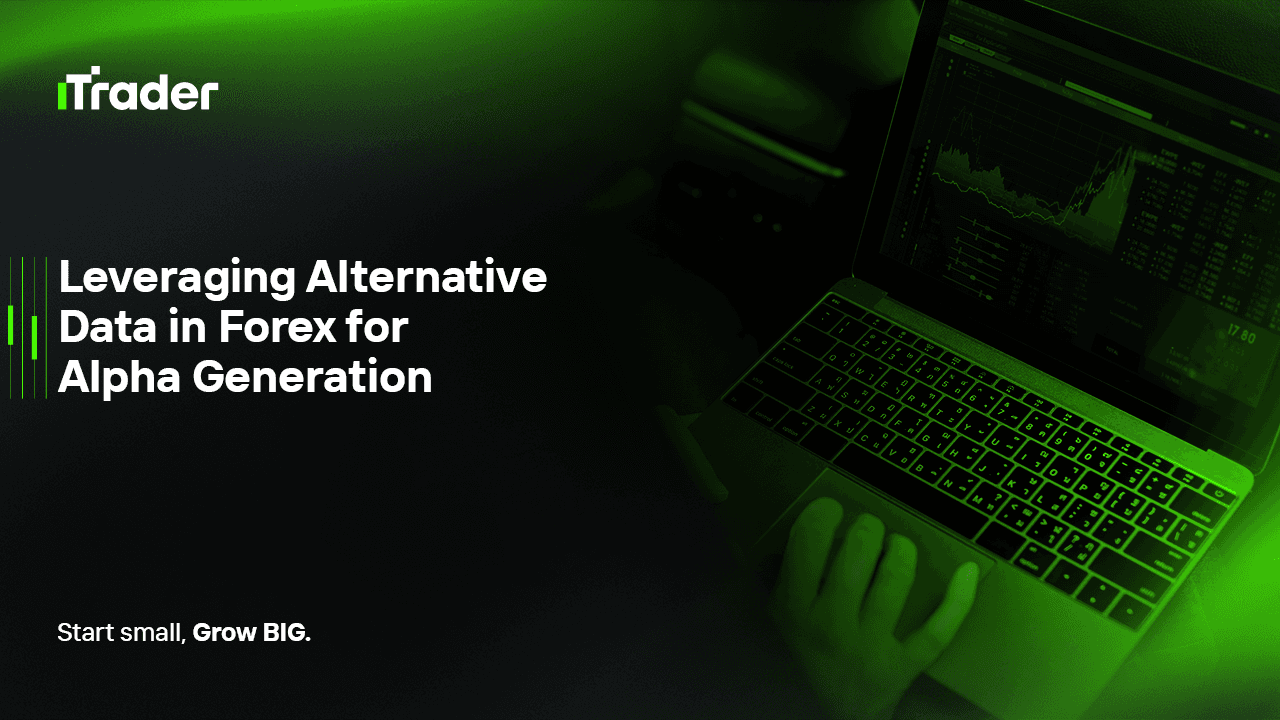2025-08-26
Traditional forex trading analysis has long relied on macroeconomic indicators, central bank policies, and technical charting methods. However, in recent years, institutional traders and hedge funds have begun turning to alternative data sources to gain an informational edge.

For prop traders, this shift presents a unique opportunity. Alternative data does not just add another layer of insight—it can become a direct source of alpha, or returns above the market benchmark. In this article, we will explore how alternative data can be applied in the forex market, the opportunities it creates, the challenges involved, and how prop traders can integrate it into practical strategies.
Alternative Data refers to any non-traditional information source that can be used for financial market analysis, outside of official economic statistics and market price data.
Examples include:
In forex trading, such data can often serve as leading signals, offering insights before traditional macroeconomic indicators are released.
Currency movements often reflect market expectations rather than just raw fundamentals. By analyzing sentiment:
Example: When discussions around the JPY as a safe-haven asset spike across news and forums, it frequently signals a market-wide shift toward risk-off behavior.
Since forex flows are heavily linked to cross-border trade:
For instance, AUD/USD is closely correlated with Australia’s commodity export flows, which can be tracked via shipping data.
Fintech and payment networks provide near real-time insights into consumer activity:
Satellite data can provide unique macro insights:
These indicators directly impact commodity currencies such as the AUD, CAD, and NZD.
Search engine statistics reveal where global attention is shifting:
For prop traders, leveraging alternative data in forex trading is not just an innovation—it’s a competitive necessity. Sources like sentiment analytics, trade flow data, card transactions, satellite imagery, and Google Trends can deliver real-time, leading insights that traditional macroeconomic indicators miss.
However, successful integration requires robust data validation, careful statistical testing, and adaptive strategy design. When executed properly, alternative data can give prop firms a significant edge in identifying profitable trades and sustaining alpha in highly competitive markets.
© 2025 iTrader Global Limited | 公司注册号 15962
iTrader Global Limited 位于科摩罗联盟安儒昂自治岛穆察姆杜 Hamchako,并受科摩罗证券委员会(Securities Commission of the Comoros)许可及监管。我们的牌照号为 L15962/ITGL。
iTrader Global Limited 以“iTrader”作为交易名称,获授权从事外汇交易业务。公司的标志、商标及网站均为 iTrader Global Limited 的专属财产。
风险提示: 差价合约(CFD)交易因杠杆作用存在高风险,可能导致资金快速亏损,并非适合所有投资者。
交易资金、差价合约及其他高杠杆产品需要具备专业知识。
研究显示,84.01% 使用杠杆的交易者会遭受亏损。请务必充分了解相关风险,并确认在交易前已做好承担资金损失的准备。
iTrader 特此声明,不会对任何个人或法人在杠杆交易中产生的风险、亏损或其他损失承担全部责任。
本网站提供的新闻及信息仅用于教育目的。用户应独立且审慎地作出金融决策。
限制条款: iTrader 不会向法律、法规或政策禁止此类活动的国家或地区居民提供本网站或相关服务。若您居住在限制使用本网站或服务的司法管辖区,您有责任确保遵守当地法律。iTrader 不保证其网站内容在所有司法管辖区均适用或合法。
iTrader Global Limited 不向以下国家/地区的公民提供服务,包括但不限于:美国、巴西、加拿大、以色列及伊朗。